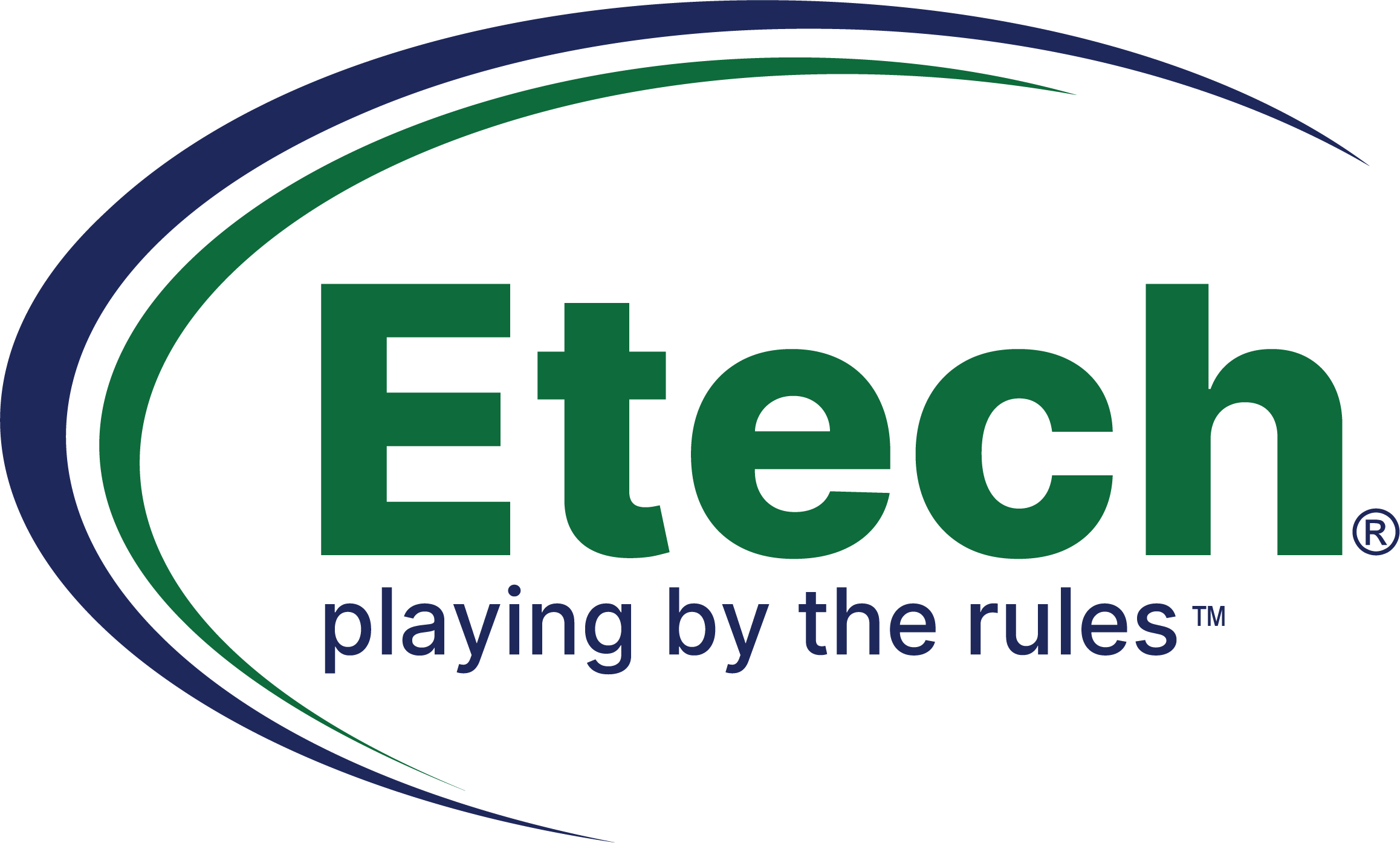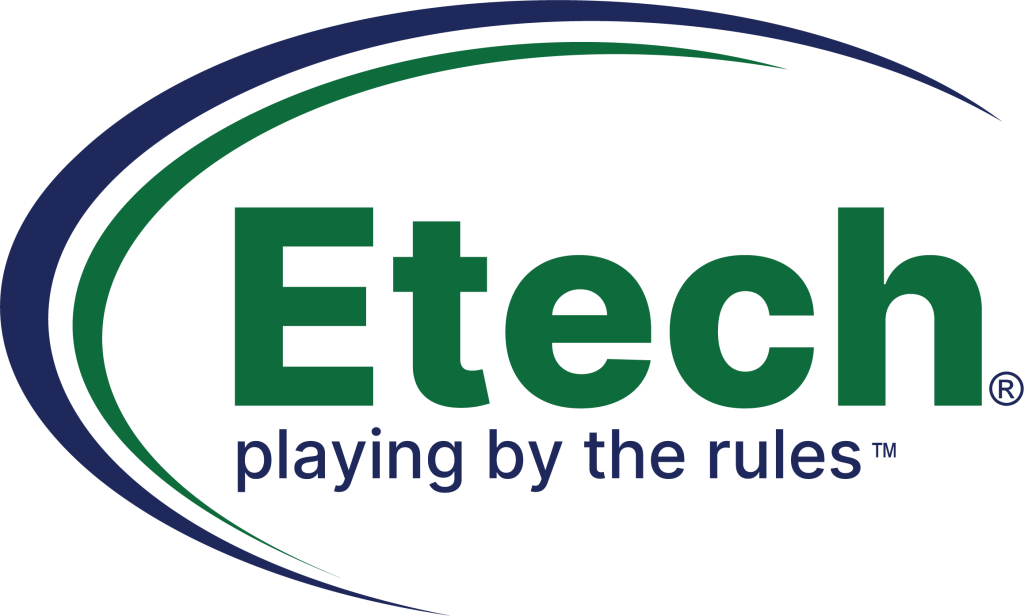The Trust Equation in Business: Building Credibility and Connection

Imagine you’re in a crucial client meeting. The conversation flows smoothly until you make your recommendation—and suddenly, you feel it. That subtle shift in body language. The slight narrowing of eyes. The almost imperceptible pulling back in the chair. Despite your flawless analysis and compelling data, something essential is missing trust.
In many years of working with organizations across industries, I’ve witnessed a singular truth emerge: technical excellence without trust creates limited value. The most sophisticated solutions fail without it, while even simple approaches succeed tremendously when delivered through trusted relationships.
The question isn’t whether trust matters—it’s how we systematically build it in a business world increasingly characterized by digital distance, complex stakeholder ecosystems, and heightened skepticism. This is where the Trust Equation offers a transformative framework that converts an intangible asset into a measurable, manageable business advantage.
Decoding the Trust Equation
The Trust Equation, developed by David Maister, Charles Green, and Robert Galford in their groundbreaking book “The Trusted Advisor,” provides a powerful framework for understanding and strategically improving trust in business relationships. This elegant formula presents trust as:
Trust = (Credibility + Reliability + Intimacy) / Self-Orientation
This equation isn’t just theoretical—it offers practical insights into the mechanics of trust-building that can transform your professional relationships.
The Essential Components
1. Credibility: The Power of Expertise and Truth
Credibility forms the intellectual foundation of trust. It represents whether people believe what you say, based on:
- Your demonstrated knowledge and subject matter expertise
- Verifiable qualifications and proven track record of success
- The consistent truthfulness and accuracy of your statements and claims
- How you communicate complex information with clarity and precision
When your words align with reality and your expertise is evident, you establish the cognitive basis for trust. However, credibility alone isn’t sufficient—it must be paired with consistent action.
2. Reliability: Where Promises Meet Performance
Reliability transforms credibility from potential into kinetic trust through your actions. It determines whether others can genuinely depend on you to:
- Deliver on promises consistently, even when circumstances change
- Meet deadlines and honor commitments without constant reminders
- Demonstrate behavioral consistency across different situations
- Create predictability that allows others to make decisions with confidence
Reliability creates a pattern of trustworthiness over time that strengthens relationships through repeated positive experiences. Yet professional relationships require more than just competence and consistency.
3. Intimacy: The Emotional Foundation
Intimacy represents the emotional safety people feel in your presence. This often-overlooked component includes:
- Your demonstrated ability to maintain confidentiality with sensitive information
- The psychological comfort others feel discussing challenging issues with you
- The authentic personal connection you establish beyond transactional interactions
- Your capacity for empathy and genuine understanding of others’ perspectives
This dimension transforms professional interactions from merely transactional to meaningfully connected, creating relationships that withstand challenges and evolve over time.
4. Self-Orientation: The Critical Denominator
As the denominator in the equation, self-orientation powerfully impacts overall trustworthiness:
- Low self-orientation means genuinely focusing on others’ needs and objectives
- High self-orientation signals prioritization of your interests above client or team needs
- Even excellence in the other three areas can be undermined by excessive self-focus
This component often represents the difference between being perceived as a trusted advisor versus merely a capable vendor.
Strategic Application Across Business Contexts
1. For Organizational Leaders
Leaders who master the Trust Equation create cultures of psychological safety and high performance by:
- Demonstrating credibility through transparency about challenges and limitations
- Building reliability through consistent communication and follow-through on commitments
- Developing intimacy by showing appropriate vulnerability and expressing genuine interest
- Reducing self-orientation by visibly putting team and organizational needs before personal gain
When leaders embody these principles, they create cascading trust that permeates the entire organization.
2. For Client-Facing Professionals
Sales and service professionals can transform transactional relationships into strategic partnerships by:
- Enhancing credibility through candid discussion of both capabilities and limitations
- Strengthening reliability by setting realistic expectations and consistently exceeding them
- Creating intimacy by understanding clients’ deeper business challenges and personal motivations
- Lowering self-orientation by recommending what truly serves the client’s best interests—even when it means less immediate revenue
This approach transforms the traditional sales relationship into a consultative partnership that creates enduring value.
For Organizations as Entities
Organizations themselves can be viewed through the Trust Equation lens by:
- Building institutional credibility through transparent communication and evidence-based decisions
- Establishing organizational reliability with consistent quality, service delivery, and crisis response
- Fostering corporate intimacy by personalizing customer experiences and demonstrating authentic care
- Reducing organizational self-orientation by prioritizing long-term stakeholder value over short-term gains
Companies that master these elements create brand trust that becomes a sustainable competitive advantage.
Measuring and Systematically Improving Trust
To enhance your trustworthiness across all dimensions:
- Conduct honest self-assessment against each component of the Trust Equation
- Seek specific feedback from colleagues and clients about your perceived trustworthiness
- Identify your weakest component and create a concrete improvement plan with measurable outcomes
- Practice deep, empathetic listening to naturally reduce self-orientation
- Regularly review your progress and adjust your approach based on results
The Strategic Advantage of Trust
In today’s business environment—characterized by complexity, volatility, and increasing competition—trust isn’t just a “soft” interpersonal skill. It’s a tangible business asset that creates measurable advantages including:
- Accelerated decision-making processes
- Reduced transaction costs
- Increased information sharing and collaboration
- Greater resilience during challenging circumstances
- Enhanced innovation through psychological safety
Organizations and professionals who deliberately cultivate trust through this framework create relationships that withstand market pressures and deliver sustained value for all stakeholders.
By understanding and intentionally applying the Trust Equation, you transform trust from an abstract concept into a practical business tool that drives stronger relationships and superior results.

